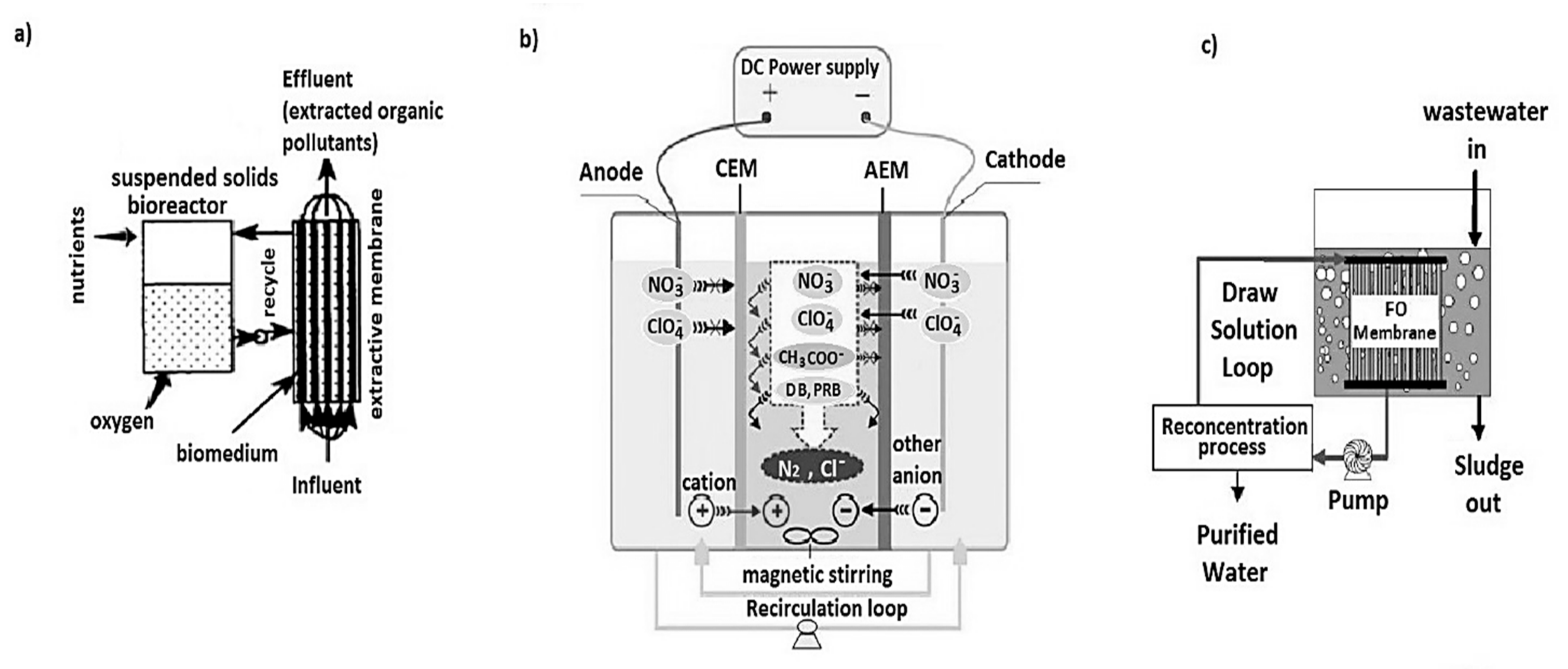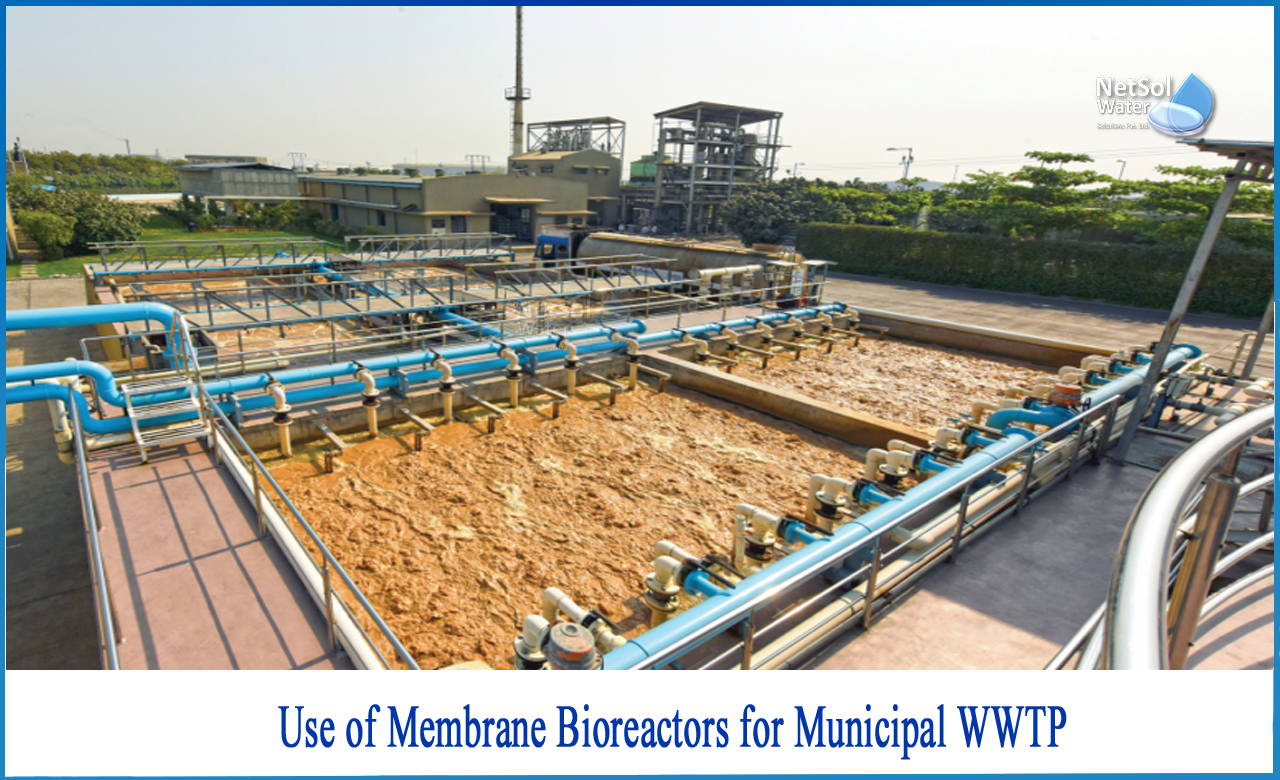Why Membrane Bioreactor is the Future of Wastewater Treatment in Industries
Why Membrane Bioreactor is the Future of Wastewater Treatment in Industries
Blog Article
Exactly How Membrane Layer Bioreactors Are Reinventing Water Purification Equipments
The appearance of membrane bioreactors (MBRs) stands for a significant innovation in the field of water filtration, merging organic treatment processes with innovative membrane filtration modern technologies. This integration not only improves the top quality of treated effluent but additionally addresses city space restrictions, making MBRs specifically ideal for densely inhabited locations. As global water deficiency escalates, the function of MBRs in facilitating drinkable water reuse and sustainable water management becomes progressively crucial. The ramifications of this modern technology extend beyond effectiveness-- what obstacles and possibilities lie ahead for its extensive application?
Overview of Membrane Bioreactors
Membrane layer bioreactors (MBRs) stand for a substantial innovation in water filtration innovation, as they integrate organic therapy procedures with membrane layer purification. This combination boosts the performance of wastewater therapy by using bacteria to weaken natural pollutants while at the same time employing semi-permeable membrane layers to separate cured water from put on hold pathogens and solids.
The MBR system generally consists of an organic activator where the microbial populace metabolizes pollutants, followed by a membrane layer filtering unit that retains biomass and permits only tidy water to go through. This twin functionality results in higher effluent quality contrasted to standard therapy approaches. MBRs can be operated in both batch and continual circulation modes, using flexibility in layout and application.
They additionally enable the recovery of water for reuse, hence adding to water sustainability initiatives. In general, MBRs are at the leading edge of boosting water treatment performance and top quality, showcasing the potential for innovative remedies in environmental management.
Advantages of MBR Technology
The integration of organic treatment with membrane filtering provides many benefits for water purification processes. One of the primary advantages of Membrane Bioreactor (MBR) technology is its capability to effectively remove both natural and inorganic impurities, resulting in top notch effluent. The membrane layers serve as a physical obstacle, stopping put on hold solids and virus from travelling through, which improves the total safety and security and dependability of treated water.
Furthermore, MBR systems require a smaller footprint compared to conventional therapy approaches, permitting a lot more effective area use. This small design is particularly advantageous in city settings where land is restricted. MBRs likewise demonstrate operational adaptability, fitting varying influent qualities and flow prices without considerable performance destruction.
Moreover, the process offers improved nutrient elimination abilities, particularly for nitrogen and phosphorus, which are essential for protecting against eutrophication in getting waters. The reduced sludge manufacturing connected with MBR innovation additionally equates to lower disposal expenses, making it an affordable remedy over time - Membrane Bioreactor. Overall, the benefits of MBR technology setting it as a leading selection for sustainable and ingenious water purification systems, attending to both environmental and economic problems
Applications in Water Purification
Applications of Membrane Layer Bioreactor (MBR) technology in water purification are impactful and diverse, addressing different therapy needs throughout numerous industries. MBRs properly integrate organic treatment processes with membrane layer filtration, making them optimal for metropolitan wastewater treatment, commercial effluent management, and even safe and clean water reuse campaigns.
In municipal setups, MBRs are increasingly employed to enhance the high quality of dealt with wastewater, permitting for conformity with stringent discharge regulations and helping with the recycling of water for irrigation and non-potable uses. Their small design also makes them suitable for metropolitan settings where room is limited.
Industrially, MBR modern technology is utilized to deal with procedure water and wastewater, especially in industries such as food and beverage, drugs, and textiles. By effectively eliminating contaminants and put on hold solids, MBRs aid sectors lessen ecological impacts while recuperating beneficial sources from wastewater streams.
In Addition, MBRs are gaining grip in decentralized water therapy applications, where small-scale systems can be deployed in remote locations or creating areas. This adaptability enables areas to attain sustainable water management solutions, boosting accessibility to tidy water while minimizing reliance on traditional therapy techniques.
Case Studies and Success Stories

In one more example, a fabric manufacturing center in Bangladesh adopted MBR modern technology to address its wastewater obstacles. The system minimized chemical oxygen demand (COD) levels from 1,200 mg/L to much less than 100 mg/L, thus fulfilling governing criteria and substantially lessening ecological effect.
The College of Cape Town's MBR installment has confirmed efficient in treating greywater for non-potable reuse on school. This project not only preserves potable water yet additionally acts as an educational design for lasting practices.
Moreover, a seafood processing plant in Norway made use of MBR technology to deal with effluents containing high levels of raw material, achieving over 90% contaminant elimination. These study underscore MBR innovation's convenience and its vital function in improving water top quality across diverse applications.
Future of Water Treatment Solutions
As global water shortage and pollution Resources difficulties heighten, innovative water treatment remedies are ending up being progressively vital to guarantee lasting accessibility to tidy water. The future of water therapy hinges on the assimilation of advanced innovations that boost the performance and performance of filtration procedures. Membrane layer bioreactors (MBRs) go to the center of this development, integrating organic therapy with membrane filtering to create top notch effluent ideal for numerous applications.

Arising click patterns such as resource recovery from wastewater, including nutrients and energy, will additionally transform treatment centers right into green centers. Improvements in nanotechnology and membrane products promise enhanced performance and longevity of filtering systems.

Conclusion
Finally, membrane bioreactors represent a considerable innovation in water purification technologies, efficiently integrating organic therapy with innovative membrane layer filtration. The numerous benefits, consisting of improved effluent quality and decreased spatial needs, make MBRs especially ideal for city applications. Their role in drinkable water reuse and sustainable water monitoring highlights their value in resolving worldwide water deficiency obstacles. Continued r & d see this page will certainly better improve the efficiency and adoption of MBR innovation, making sure a durable future for water therapy solutions.
The development of membrane bioreactors (MBRs) stands for a substantial improvement in the area of water purification, combining biological therapy procedures with cutting-edge membrane layer filtering technologies. As worldwide water shortage increases, the role of MBRs in promoting drinkable water reuse and sustainable water administration comes to be progressively important. They also make it possible for the recovery of water for reuse, thus contributing to water sustainability initiatives.As international water deficiency and air pollution obstacles escalate, innovative water therapy services are coming to be increasingly important to make sure sustainable access to tidy water. Their function in potable water reuse and sustainable water management highlights their relevance in resolving international water shortage challenges.
Report this page